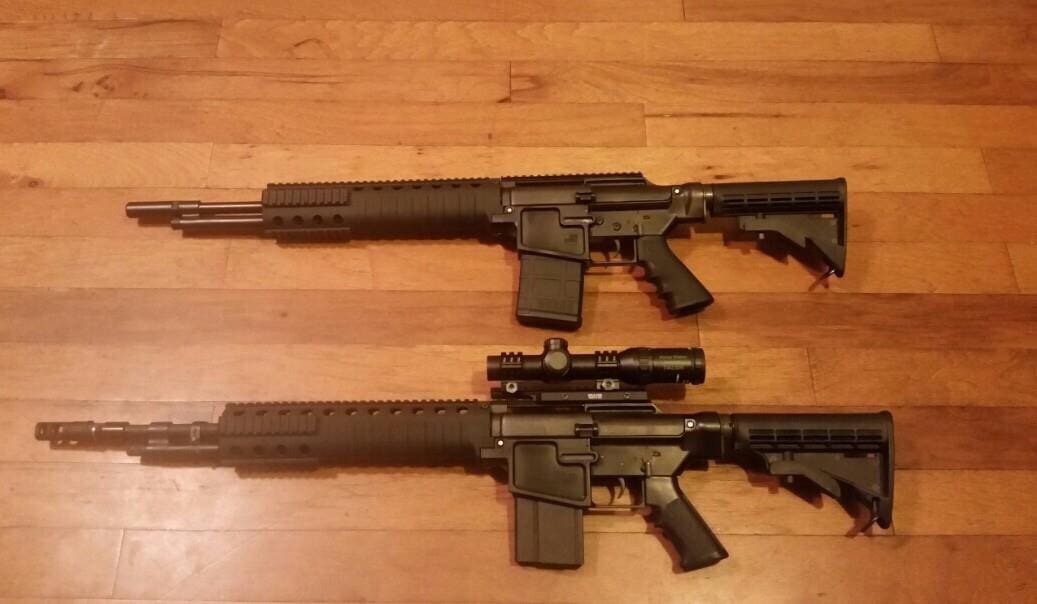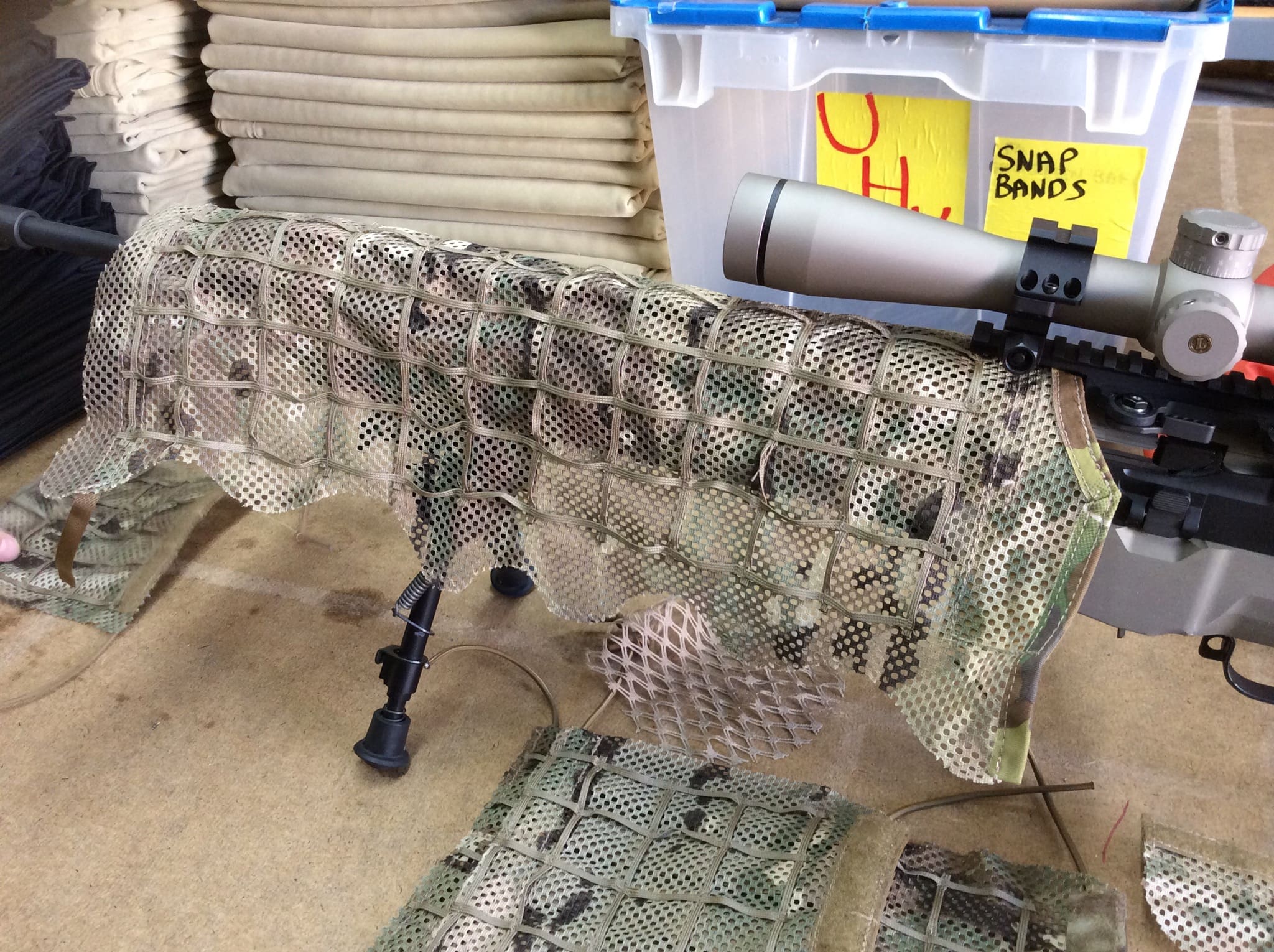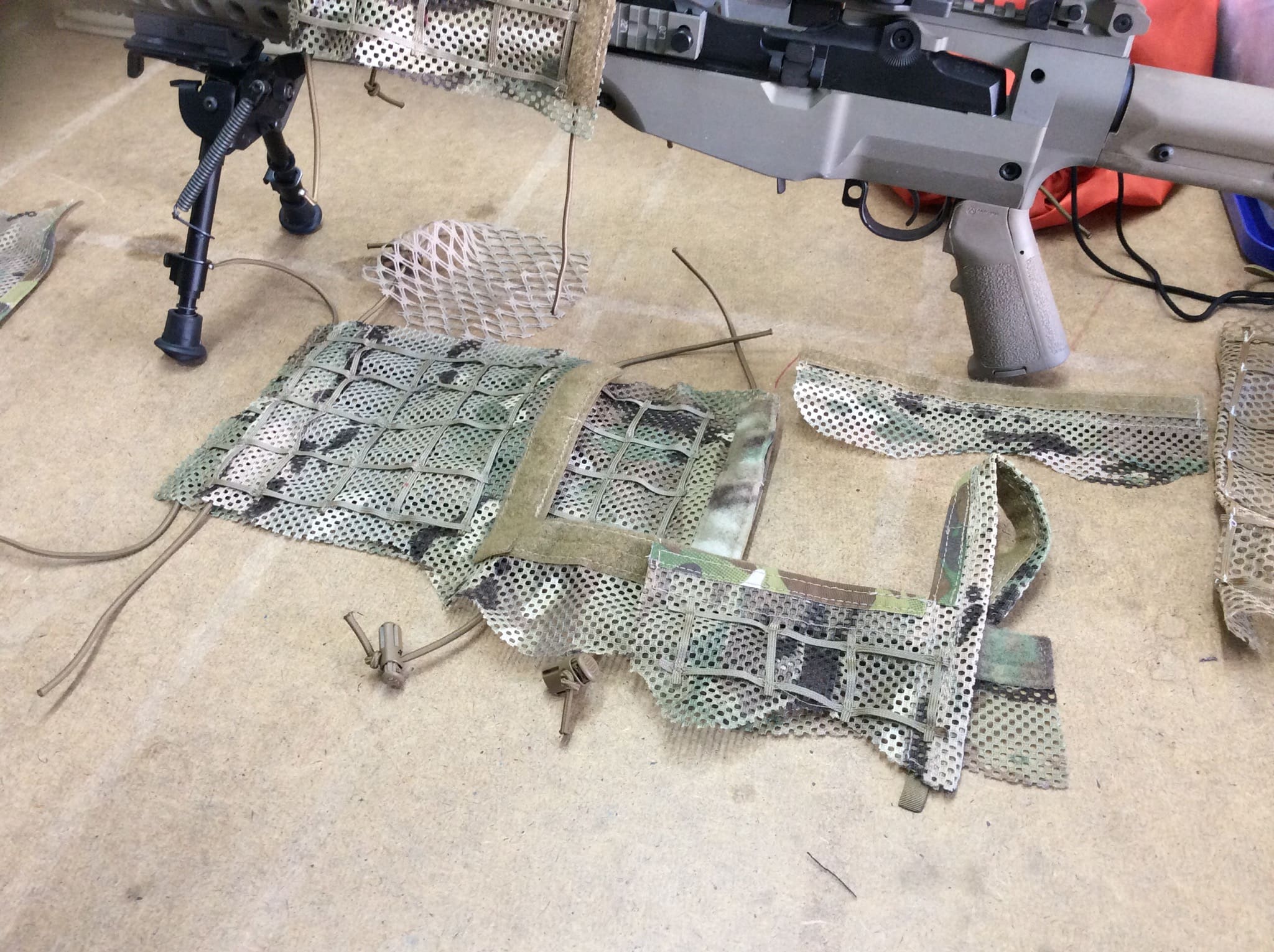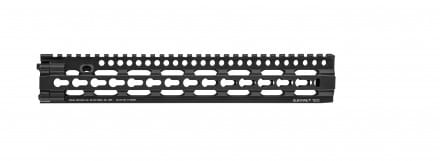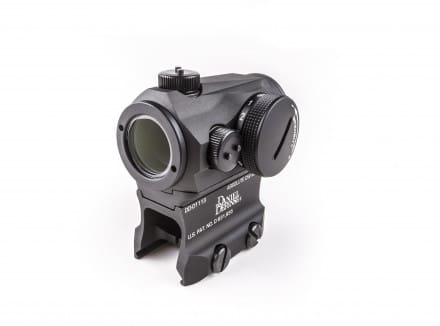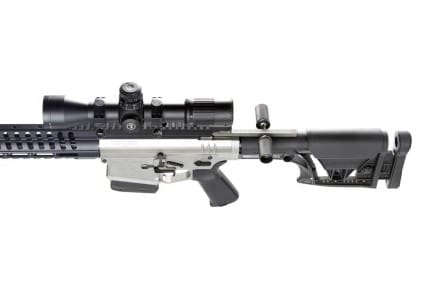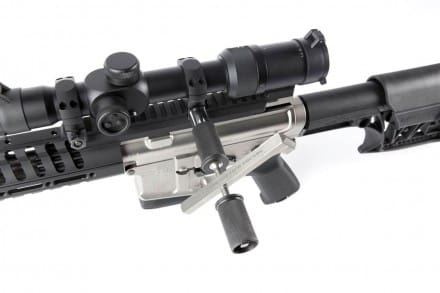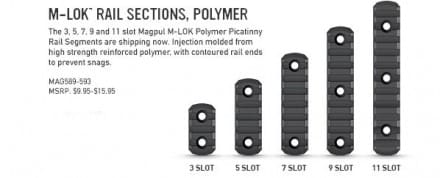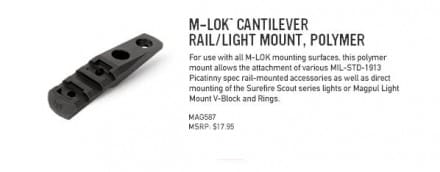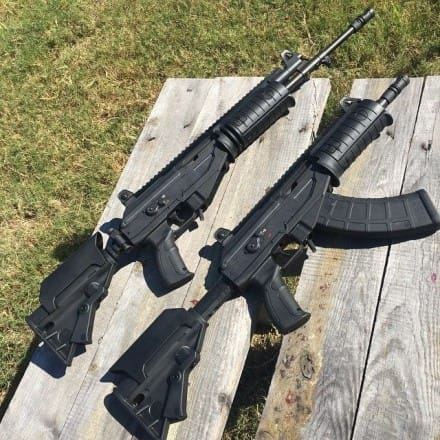Today, FN Herstal announced they will be launching their new Sea deFNder Remote Weapon Station at the upcoming EURONAVAL exhibition in Paris, October 27th through 31st. The full release can be read below:
(McLean, VA – October 24, 2014) The EURONAVAL exhibition in Paris, October 27 to 31, 2014, will be the backdrop for the launch of the new Sea deFNder® Remote Weapon Station (RWS). This is the third model in the deFNder® range, produced by a world’s leading firearms manufacturer, FN Herstal. Engineered for use by naval forces and coastguards, it follows the innovative deFNder® Light and the deFNder® Medium into global service.

The Sea deFNder® provides naval ships and coastguards with the advantage of superior firepower in any scenario. This includes territorial waters surveillance, self-defense, anti-piracy, anti-terrorism and the interception of drug or people smugglers. Its high modularity allows the Sea deFNder® to be mounted on a wide variety of naval vessels, from speed boats and patrollers right up to frigates and destroyers.
The Sea deFNder® RWS’ versatility extends to the weapons it can house. Its universal cradle can hold any machine gun from FN MINIMI® 5.56 up to .50 cal in the range (.50 cal is either the FN M2HB-QCB™ or FN Herstal’s exclusive FN M3R™ that offers an outstanding firing rate of 1,100 RPM). The Sea deFNder® can also be equipped with 40 mm AGLs for additional firepower.
The Sea deFNder® shares many features of the deFNder® Medium used on land based vehicles. This includes its sight module (CCD + IR uncooled or cooled), one-hand or game pad control handle and ammo box capacity. In addition, the Sea deFNder® has special specifications for naval applications:
• Specific surface treatment
• Improved water tightness and water flow
• Specific environmental qualification based on maritime standards
• Specific 2-axis gyroscopic stabilization dedicated to naval application
Prior to its official unveiling, an order has already been placed for a number of Sea deFNder® Remote Weapon Stations. This brings the total number of units ordered across the deFNder® range to over 1,300 for both land and sea based applications.
The Sea deFNder® is the latest example of constant innovation in weapons development by FN Herstal, which has a history dating back 125 years. Its exceptional service packages include everything its customers require for rapid deployment of its Sea deFNder®. This includes associated weapon(s), ammunition, technical documentation, technical support, operator and maintenance training, and installation of the RWS onto the vessel.
For more information on FN Herstal’s state-of-the-art product line and services, visit us at the EURONAVAL exhibition in Paris from October 27 to 31, 2014 (Stand no. E27).
www.fnherstal.com


